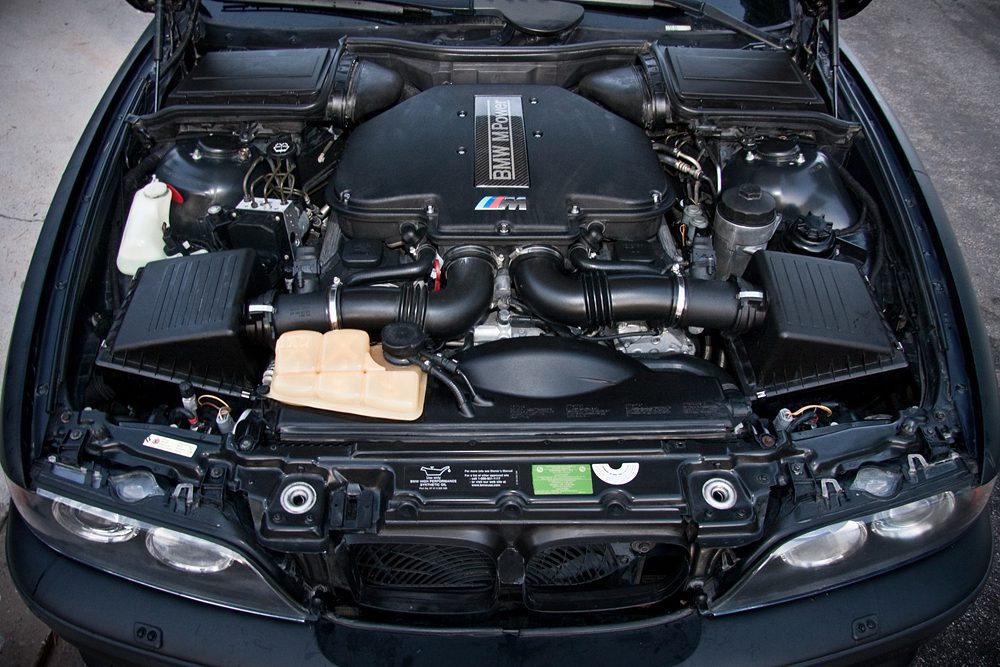Opel Corsa Engine: Common Issues and Exactly How to Fix Them
Discovering the Inner Functions of a Compact Vehicle's Engine System
As chauffeurs, we commonly consider granted the detailed processes that occur within the confines of our car's engine system. The portable yet complicated machinery that pushes us ahead is a wonder of engineering precision and control. From the controlled explosions in the combustion chamber to the thorough timing of fuel injection, every part plays a crucial role in the smooth operation of the engine. In this expedition of a small vehicle's engine system, we will decipher the internal workings of this mechanical harmony, clarifying the enigmas that drive us ahead on our everyday journeys.
Burning Refine Summary
The combustion process in a portable vehicle's engine system is an essential system that efficiently transforms gas right into power to power the lorry. This procedure takes place within the burning chamber of the engine, where gas and air mix, spark, and generate controlled explosions. The burning process contains four main phases: intake, power, exhaust, and compression.
During the intake phase, the piston relocates downward, attracting a mixture of air and gas right into the combustion chamber. The following stage, compression, includes the piston moving upward, pressing the air-fuel blend to raise its strength. Ultimately, in the power stage, the ignition system sparks the compressed blend, causing a quick development of gases that requires the piston back down. This down activity produces the power required to drive the vehicle. Ultimately, in the exhaust stage, the burned gases are expelled from the burning chamber through the exhaust shutoff, preparing the chamber for the following cycle. This cyclic burning process is fundamental to the operation of a portable vehicle's engine system, making certain efficient energy conversion for propulsion.
Piston and Cylinder Communication

The piston's accurate fit within the cyndrical tube is essential for preserving optimal compression and preventing energy loss throughout combustion. Limited clearances between the piston and cylinder wall surfaces make sure reliable sealing, enabling the piston to relocate efficiently without permitting gases to leakage past. Proper lubrication is likewise essential to reduce rubbing and put on between these components, improving longevity and efficiency.
Additionally, the design and materials utilized in making the piston and cylinder impact engine performance and durability. Modern engines frequently use light-weight yet durable materials like aluminum alloys for pistons and cyndrical tube liners to minimize inertia and enhance thermal effectiveness. Generally, the harmonious communication between the piston and cylinder is fundamental to the engine's capability and overall performance.
Fuel Shot System Functionality
Gas shot systems in compact automobile engines play a crucial role in exactly supplying gas to the burning chamber for efficient and controlled ignition. The gas shot system operates by injecting fuel right into the combustion chamber at the optimum moment during the engine's operation (opel corsa engine). This precise timing makes sure that the gas mixes equally with the air for proper burning, bring about improved fuel efficiency and reduced discharges
There are mostly two kinds of fuel shot systems used in small automobile engines: port gas shot (PFI) and here straight gas injection (DFI) PFI systems inject fuel into the intake port before the consumption valve, while DFI systems infuse gas straight into the combustion chamber. Both systems have their benefits, with DFI using far better gas atomization and PFI giving a more economical remedy.
Comprehending Engine Cooling Devices
Reliable operation of a small lorry's engine counts heavily on the efficiency of its cooling mechanisms. The air conditioning system in a portable lorry generally consists of several parts working together to manage the engine temperature. Recognizing these engine cooling mechanisms is vital for preserving the performance and longevity of a compact vehicle's engine system.

Exhaust System Components Explained
The optimum performance of a compact car's engine cooling devices depends upon a complementary system referred to as the exhaust system, which makes up numerous crucial components for making sure effective exhausts and engine efficiency. The exhaust get redirected here system includes components such as the exhaust manifold, catalytic converter, muffler, and tailpipe. The exhaust manifold collects exhaust gases from the engine's paths and cylinders them to the catalytic converter. The catalytic converter then converts dangerous toxins in the exhaust right into less damaging exhausts before releasing them through the muffler and tailpipe.
One essential element of the exhaust system is the oxygen sensor, which checks the oxygen degrees in the exhaust gases to aid control gas intake and make certain optimal engine performance. opel corsa engine. Additionally, the resonator may exist in some exhaust systems to lower noise levels. Generally, the exhaust system plays a crucial role in preserving engine efficiency, decreasing dangerous emissions, and ensuring a quieter driving experience for portable vehicle proprietors

Verdict
To conclude, the small lorry's engine system is an intricate combination of elements that collaborate to help with the burning procedure, transform gas right into energy, and remove waste gases. Understanding the inner operations of the engine system, consisting of the piston and cyndrical tube interaction, gas shot system, engine cooling systems, and exhaust system components, is essential for preserving optimum efficiency and performance of the car.
The burning process in a small automobile's engine system is an essential device that efficiently transforms gas into energy to power the car.Gas injection systems in small automobile engines play a critical function in exactly delivering gas to the combustion chamber for efficient and regulated ignition.There are mostly two kinds of fuel shot systems used in portable lorry engines: port fuel shot (PFI) and straight gas shot (DFI) Understanding these engine air conditioning systems check that is essential for keeping the performance and long life of a portable vehicle's engine system.
The optimum functioning of a small car's engine cooling devices depends on a complementary system understood as the exhaust system, which comprises different important components for guaranteeing efficient discharges and engine efficiency.